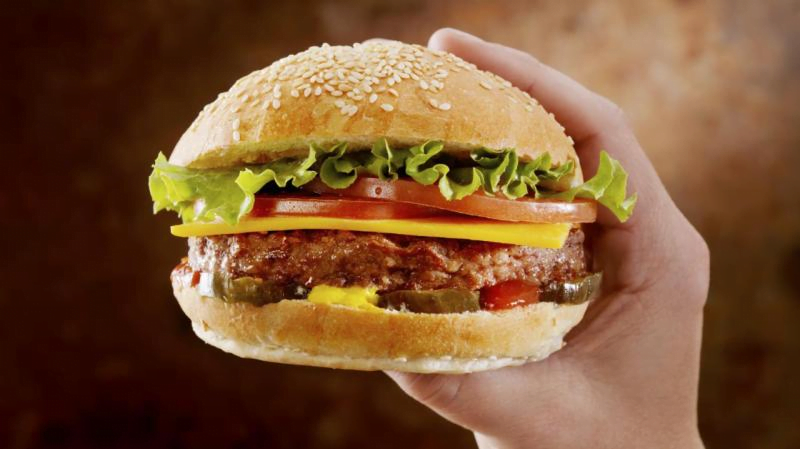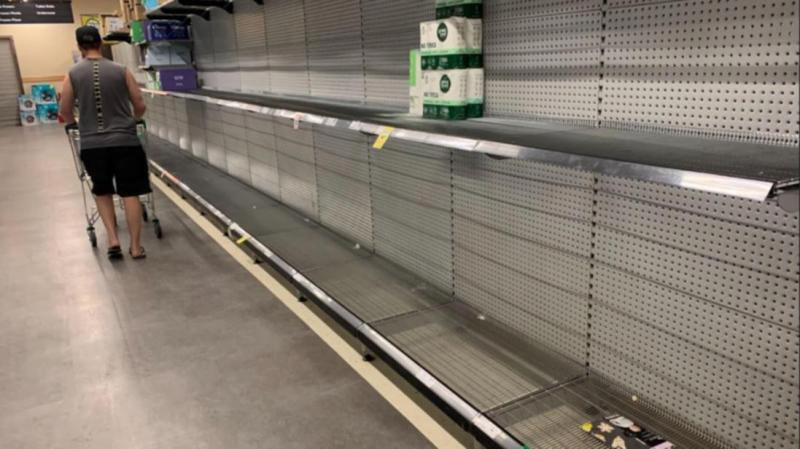Woolworths has turned on paying with QR codes, a move that will let it link rewards and gift cards to payments to improve the checkout experience for customers and may eventually pressure card giants Mastercard and Visa.
Using the COVID-19 check-in method to pay for groceries could also allow Woolworths to reduce payment costs by encouraging customers to pay by linking their bank account to its app.
Millions of customers shopping at Woolworths and Big W stores will be shown a unique QR code at checkouts from Wednesday, which can be scanned with a smartphone, linking them to Woolworths’ Everyday Rewards app. Customers will be able to link payment cards directly to the app.
The technology will allow Woolworths to combine its rewards programs and other services with a payment, linking data and making its app more useful.
Woolworths may push QR code payments to other retailers via its payment arm Wpay, which is advising other companies on payment innovation.
“This is about payment and an ‘other’: payment and loyalty, or payment and gifting,” said Paul Monnington, managing director of Wpay, which was created last year.
Woolworths is the fifth-largest processor of card payments in Australia after the big four banks. It has been trialling the technology alongside rival Coles since last year, after the pandemic made scanning QR codes with smartphones commonplace.
If consumers adopt QR codes to pay, it could help retailers challenge banks’ apps, as large companies battle for relevance and engagement on smartphone screens with technology giants.
But banks are supporting QR codes as a new way to pay, which could direct more volumes to the bank-owned, real-time payments platform known as the NPP, instead of the debit networks run by Mastercard and Visa that are, on average, more expensive for retailers.
The new chief executive of AP+, Lynn Kraus, told The Australian Financial Review last week that QR code payments were a strategic growth area for the new bank-owned group that incorporates the NPP and Eftpos.
By combining other features into the payment, Woolworths customers using QR codes will find it easier to pay with a gift card or to spend special offers, as these can automatically be deployed to the payment amount.
Receipts will be delivered straight into the Everyday Rewards app, which has been downloaded by 3 million people since it was launched 12 months ago, and is used by 1 million Australians each week.
If they gain traction, QR code payments could become a legacy of the pandemic, although the method was popular in China and Singapore long before COVID-19 required people to scan in.
After COVID-19 check-ins, “people are much more knowledgeable about QRs and understand how easy it is to scan – that has been a massive help,” Mr Monnington said.
Woolworths will allow various payments to be linked to the app, initially Visa and Mastercard and then Eftpos, which is only just rolling out online payment capability.
When it becomes available, PayTo – new functionality that the Reserve Bank is pushing banks to add over the next year – could also be made available. This would provide an option for customers to securely link a bank account to pay for purchases directly.
By taking payments off the credit card or Eftpos rails, Woolworths could reduce payment costs, given PayTo is expected to be cheaper.
“It is card payments right now because that is what is available to us,” Mr Monnington said. “But if customers want to move to account-to-account payments via PayTo because that is beneficial to them, we would look to incorporate that – definitely.”
Woolworths settles more than $50 billion of payments and more than 1.3 billion transactions a year. It expects it will take some time for QR codes to be adopted broadly given it will require a change of behaviour for customers.
“QR codes will be a change for people, so the take-up will be gradual,” said Mr Monnington, a former NAB and Oracle executive.
Wpay was launched as a subsidiary of Woolworths as a payments platform business aimed at creating better payments experiences for its customers and to provide services to external customers, where it competes with major banks.
It is part of Woolworths CEO Brad Banducci’s strategy to generate new revenue streams by building a retail ecosystem, including data analytics and creating rewards programs for third parties.
Wpay has also developed a contactless payment app, Scan&Go, which enables customers to scan bar codes on groceries as they shop and pay in the app before leaving the store.
QR codes for payments could be rolled out more broadly, if Wpay offers it to its customers. These include Dan Murphy and BWS liquor stores, which Woolworths spun off as Endeavour Group, and fuel retailing business EG Group, also a former Woolworths business.
In the future, digital identity could be linked to apps to make it easier for young customers to prove they are 18 at the point of sale.
“QR codes are about more than payments,” Mr Monnington said. “In the future, you will have the ability to round-up to pay a charity, or whatever the customer wants to set. You have the payment – plus something else.”
Extracted from AFR


